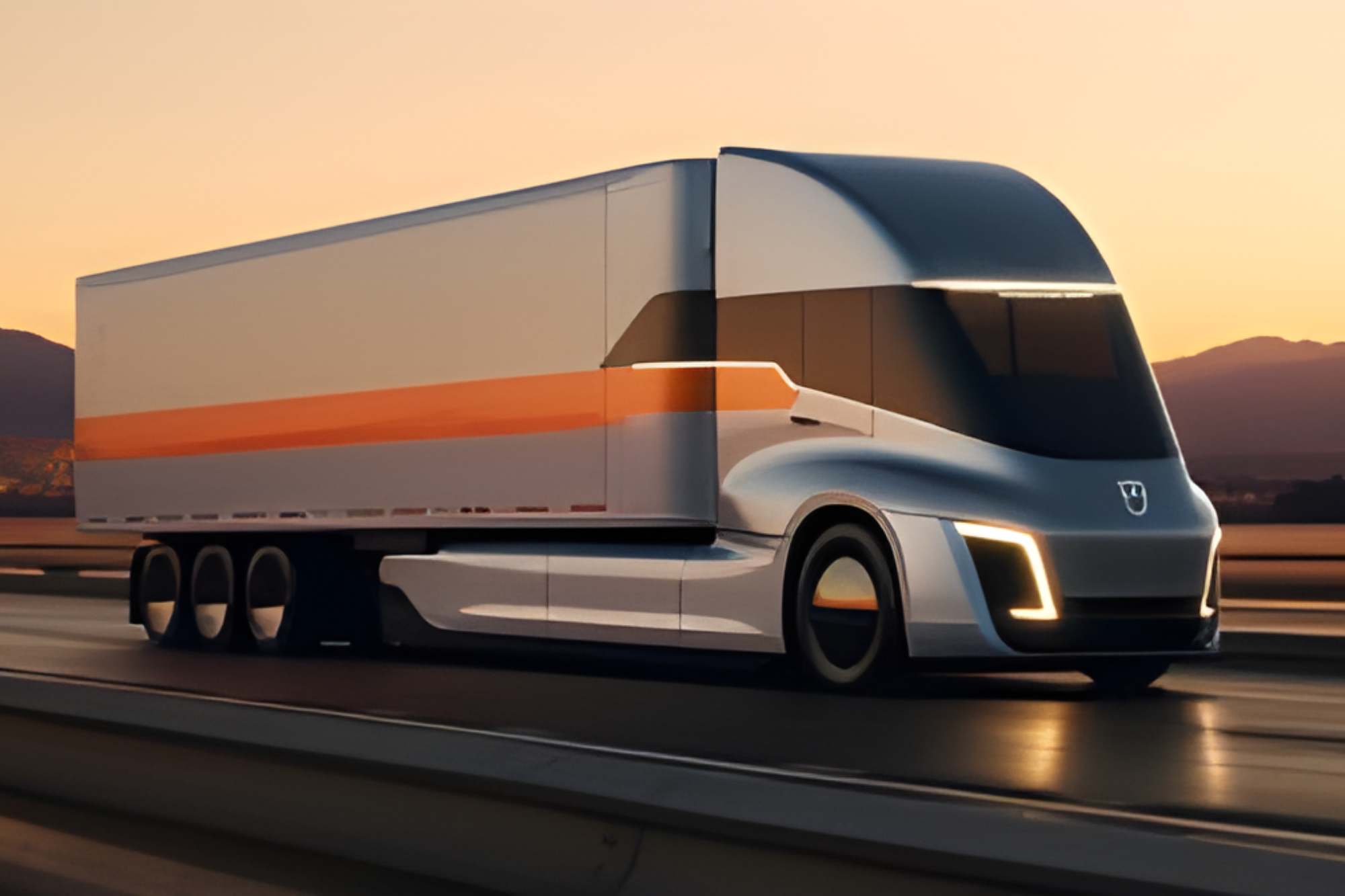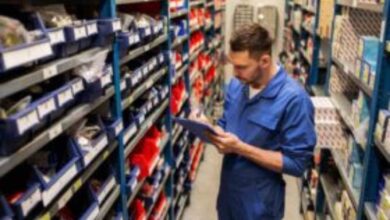Within our time, there will be automation across many industries, but who would have thought that driving would be one of them? In the US currently, there are more than 2.5 million truck drivers responsible for goods getting to and from businesses. Now, it’s safe to say that that’s a lot of people who are in jobs, secure jobs. Well, that’s what we thought. Truck automation could literally change the scope of the industry, meaning 2.4 million people would need to re-skill in some way.
Will jobs be lost? Will automation in the logistics industry create jobs? How will this mammoth change, arguably one of the largest in our modern history, affect the everyday lives of millions of people?
Table of Contents
Unpacking the Potential of Autonomous Semi-Trucks
The journey (pun-intended) towards autonomous trucking is rocketed by several key advantages unique to semi-trucks:
The Simplicity of Highway Travel
The prime route for semi-trucks is with the use of the highway system. Navigation becomes much more predictable for autonomous systems compared to the complexities of urban roadways. Could you imagine driving your children to school and being stuck behind semi-truck traffic, all operating on the same route system? Just think about the variables it’d have to tackle: the stop-start traffic, pedestrians on the road, crossings, and so on.
Technological Real Estate
The physical size of semi-trucks provides considerable space to accommodate the suite of technologies required for autonomous navigation, including advanced sensors, cameras, and computing power. This “technological real estate” allows for even more sophisticated systems that enhance safety and operational efficiency. In theory, anyway.
Business Adoption and Economic Incentives
The commercial sector brings about a more pragmatic approach to autonomous technology, driven by the potential for significant operational efficiencies and cost savings. This economic rationale encourages businesses, particularly those in logistics and freight transport, to be early adopters of autonomous truck technology.
Autonomous truck driving will bring both operational efficiencies as well as cost savings. Think about it for a minute: cars are subject to how a driver drives that particular vehicle, and this variability determines how eco-friendly and efficient the car is. With autonomy, it takes out human intervention, meaning from the start, it will (or should) operate with absolute efficiency, thus bringing a considerable cost saving for the commercial space.
The Human Element in Autonomous Trucking
Despite the technological advancements, the transition towards autonomous trucks is not a harbinger of obsolescence for human drivers. Several factors underscore the continued importance of human expertise in the industry:
So far, we have stated how autonomous truck driving could replace humans, but this is when we think about the direct impact on driving. What about the other areas that humans will need to manage and operate? Four factors underscore the importance of human expertise, these are:
-
Stages of Automation Adoption
Fortunately for those affected, we cannot adopt automation immediately without human oversight. This is because it’s a mammoth task to roll out, especially when we think about the sheer number of hazards that will come with it. Therefore, jobs will inevitably be created around the safety of the transportation system, not to mention the testing phase, which will be one of the most important, if not the most important, aspects of automation.
-
Beyond the Wheel: The Multifaceted Role of Drivers
We need to remember that truck driving is more than just navigational. Manual handling, vehicle maintenance, and customer service come with it. These are all areas that will still need human expertise. As with the technology involved, the maintenance side of truck driving may even become a more significant role within the industry and, therefore, create jobs.
-
Long-Haul vs. Short-Haul Distinctions
The initial focus of autonomous truck technology on long-haul trucking highlights a complementary rather than substitutive relationship with human-driven operations. This focus could allow drivers to concentrate on shorter, regional routes, improving work-life balance and reducing long periods away from home; just think about how much time people would get back in their lives!
-
Navigating Regulatory and Infrastructure Challenges
The widescale deployment of autonomous trucks faces substantial regulatory and infrastructural barriers. The current regulations in place and the physical infrastructure should become equipped to support autonomous vehicles, presenting hurdles that the industry must address to realize the full potential of this technology.
A Transformative Change For Many
As the trucking industry starts to implement levels of automation, adapting to and leveraging technological advancements will be vital to navigating the future landscape. Remember Kodak? The camera company who stated digital cameras would never be a thing?
Enhancing Compliance Through Digital Innovation
Adopting tools such as the 2290 e-filing services offers trucking companies a more efficient approach to managing essential regulatory tasks. It will become more and more critical for companies to adopt these tools if they are to remain streamlined and focused on the shift to autonomous trucking.
Preparing the Workforce for Technological Synergy
Training programs designed to equip the trucking industry for this significant change will be paramount to upskilling the workforce. To ensure a smooth transition and sustainable shift to the autonomous movement, people in current jobs must upskill to transition themselves. As we’ve mentioned above, human involvement will still be required, but the jobs that will be available will inevitably be different from the jobs currently occupied.
So what does this all mean?
The adoption of semi-trucks will change the lives of many people. That’s a fact. But it isn’t all bad. While the technology promises enhanced efficiency, safety, and sustainability, its successful integration hinges on a balanced approach that values the irreplaceable human element. As the industry navigates through this next phase of the industrial revolution, the collaboration between technological innovation and skilled human oversight will be the cornerstone of a prosperous and adaptive trucking future.
Please explore our site for more exciting content if you like this article.





